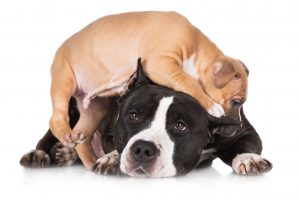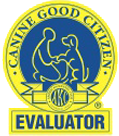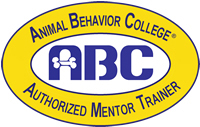So, you’re thinking about adding in a second dog. There’s just one issue. Your current dog is a dog with issues. A special needs dog. A work in progress. When you think about introducing a new puppy to your dog, you can’t help but see a little bloodshed and maybe a trip to the emergency vet. You can’t think of what type of dog would be accepted the easiest and you don’t want to wait until your dog dies to get a second.
Adding a second dog into a reactive dog household is quite possible. It takes some planning, patience and organization. It certainly can’t be a whim but there is definitely hope if your goal is to get a second dog.
First, make sure you are clear about why you are getting a second dog. Many people think that a second dog will fix the first dog (nope, not gonna happen). Or, at the very least, they will tire each other out through play therefore reducing your obligation to exercise your dog (trust me, getting a second dog will not let you off the hook there, either).
A second dog is twice the money, twice the food, twice the vet trips and twice the training. At times it will feel like ‘twice’ has actually somehow morphed into four times as much work. You will balk at the math as you lay in bed wondering how you ended up in this place.
So, just be clear on why you’re getting that second dog. It’s for you. Not your other dog. Maybe your other dog will benefit, maybe not. It can be on the list of possible bonuses but it can’t be a primary motivator
If you really have your wits about you, you’ll start by doing some work with your current dog. Training him to do things like be in a crate or exercise pen, move out of a space on cue, and the unquestionably imperative Leave It/Doggy Zen skill.
You’ll also need to identify safe spaces for each dog. Using pens, baby gates, etc., you should map out your house into zones. There are safety zones where they are completely apart and there are training zones where they are safely in closer proximity.
Now that you’ve turned your house into a baby-gated, partitioned, interior design nightmare, you’re getting ready to bring the new dog home.
We’ll assume you chose the dog carefully. Ideally, you met him in advance and have identified some good traits like a) he’s not reactive but also not obsessed with making friends with every dog in the world, b) he can be in a crate without screaming bloody murder and c) he doesn’t have any weird issues that you know of. You don’t need more issues and despite doing your homework, the new dog will probably have something show up that requires some work.
It’s time. You’re bringing the new dog home. Where do you put your resident dog? Do you introduce them right away and, if so, do you tackle this feat on your own? Inside? Outside? On leash? Off Leash? Are treats involved?
Before the panic completely takes over, I’ll tell you that the first step is to get the new dog settled without any help from the resident dog. All that work you put into getting your old dog to be happy in a crate? It pays off now. While he’s munching away on some peanut butter filled trachea in the far nether regions of the house, bring your new dog in and help him familiarize with his new home.
Show him the ropes. Here’s the door to go outside. Here’s where we do meals. This is your crate. Check out the smells in this room! There’s the trash that you don’t dig through. This is a nice time. You’re relaxed and there’s no pressure.
Depending on your specific situation, you might follow a plan for complete separation (ahoy, divide and conquer works!) for a period of time…like, two weeks or so. Let each dog adjust to the smells and sounds of one another without having to actually see each other.
When it’s time to start the actual get-to-know-you, you’ve vetted the dogs on their calming skills and ability to express feelings appropriately. You go slow. You associate the new dog with pleasant and lovely things like chicken liver. You don’t rush the process.
Two key things to remember. 1) You want the dogs to associate one another with good stuff and 2) You need the dogs to know you’re going to keep each of them safe and there’s no need to be defensive.
From there, it’s back to what I said in the beginning about patience and organization. Soon, you’ll be a happy, harmonious family complete with canine cuddles.


 Get our monthly newsletter packed full of helpful training tips!
Get our monthly newsletter packed full of helpful training tips! 







There are so many factors that go into that decision! We recommend setting up a phone call or meeting with us to look at what is right for you and your family.
The resident puppy is a 10 month old male goldendoddle training to be a service dog.
New dog is a 5 yr old fixed female lab/ shepherd(they think). Mom was a pure lab.
Do to being bitten she is dog reactive to some dogs. On walks she usually ignores them if they are fenced. If not I move 2 meters away.
How do we introduce them?
Hi Patricia! For tips on dog introductions beyond what you see in the blog posts, we recommend scheduling a consultation. There are many nuances for individual dogs and families so I don’t make blanket recommendations without knowing the case and all the people and dogs involved. Thank you!